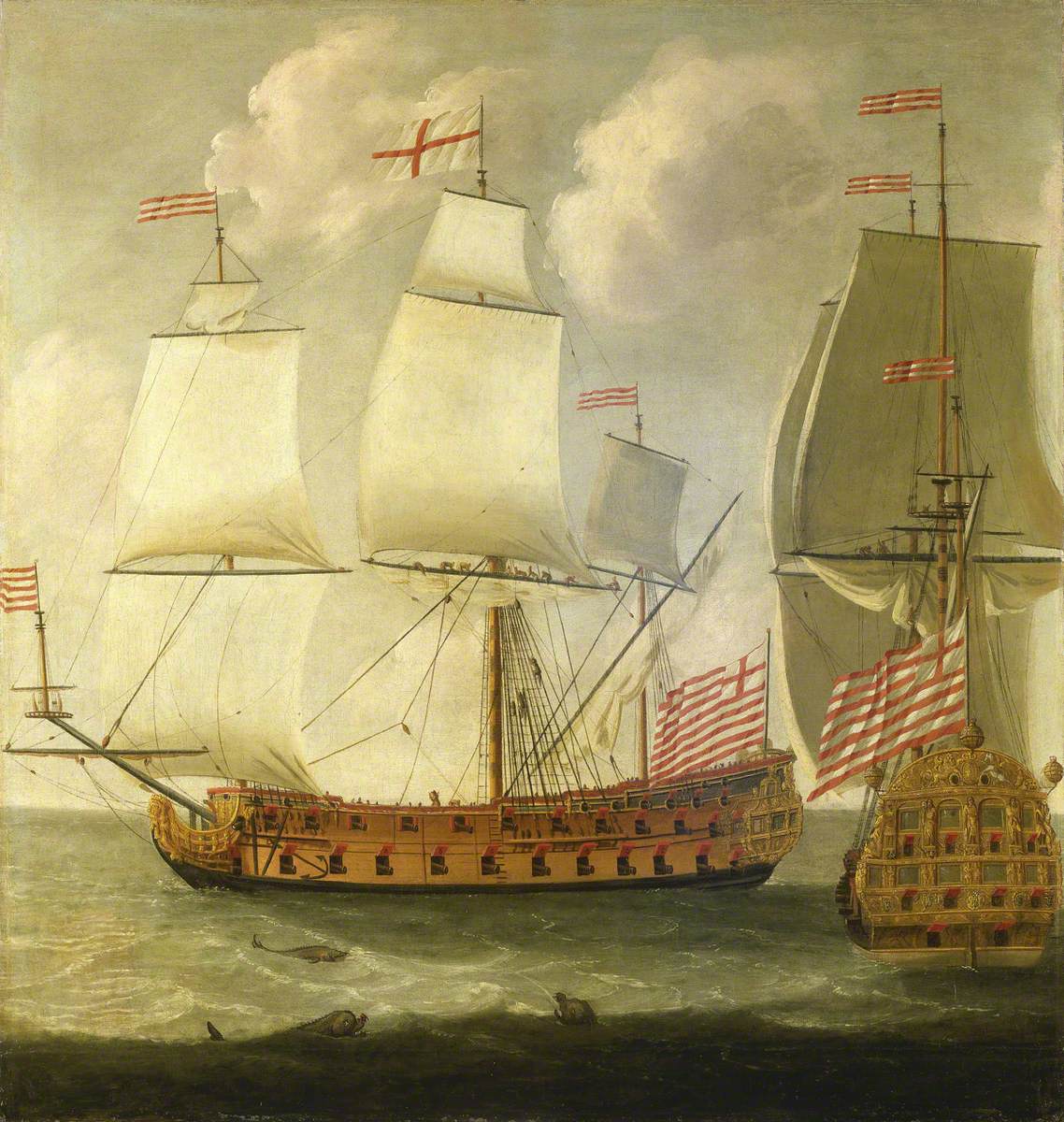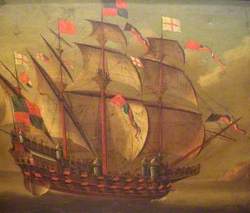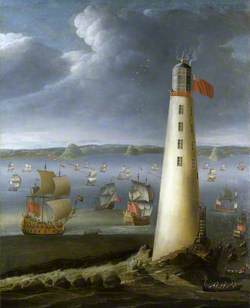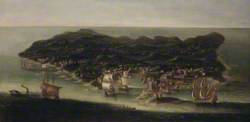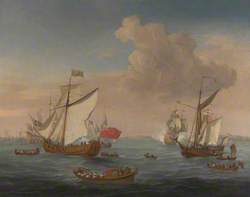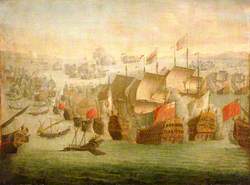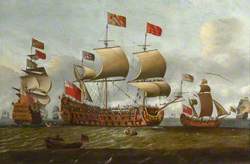How you can use this image
This image can be used for non-commercial research or private study purposes, and other UK exceptions to copyright permitted to users based in the United Kingdom under the Copyright, Designs and Patents Act 1988, as amended and revised. Any other type of use will need to be cleared with the rights holder(s).
Review the copyright credit lines that are located underneath the image, as these indicate who manages the copyright (©) within the artwork, and the photographic rights within the image.
The collection that owns the artwork may have more information on their own website about permitted uses and image licensing options.
Review our guidance pages which explain how you can reuse images, how to credit an image and how to find images in the public domain or with a Creative Commons licence available.
Notes
Add or edit a note on this artwork that only you can see. You can find notes again by going to the ‘Notes’ section of your account.
A portrait of a powerfully armed East India Company vessel, identifiable by the striped ensign, jack and pendants. A further mark of identification is the cypher positioned above the taffrail. The ship is shown from two positions, on the left it is in port-broadside view, with the bow slightly turned towards the viewe,. On the right it is viewed from astern, showing the ornately carved figures of the transom. Crew can be seen in the rigging in the view to the right, busy with the sails or climbing the shrouds. On the left the anchor is visible and one figure can be seen on the deck. The artist has incoprorated several sea beasts in the foreground, probably dolphins, a typical motif of Dutch seventeenth-century artists. The vessel mounts over 60 guns, which would however have been smaller than those in a man-of-war of equivalent size. The stepped deck aft is a feature of merchantmen, to give greater headroom in the cabins. The gunports located in the stern galleries above the transom are a very unusual feature, since the galleries were not normally sufficiently strongly built to withstand the recoil of guns.
Sailmaker was born in Scheveningen in 1633 and emigrated to England when young. He was an early marine painter working in England prior to 1710, although he had not benefited from the typical marine artist's apprenticeship. He was, however, among the artistic followers of the van de Veldes, who left Holland for England in 1672 and established a flourishing school of marine painting in London.
Title
Two Views of an East Indiaman of the Time of William III
Date
c.1685
Medium
oil on canvas
Measurements
H 126.5 x W 119.7 cm
Accession number
BHC1676
Work type
Painting
